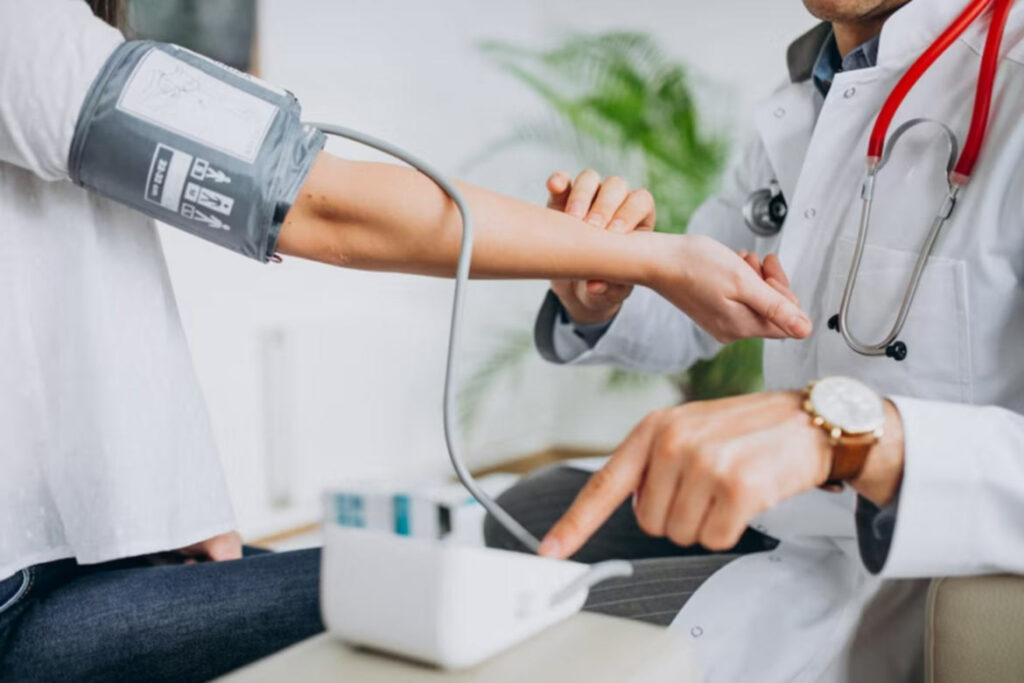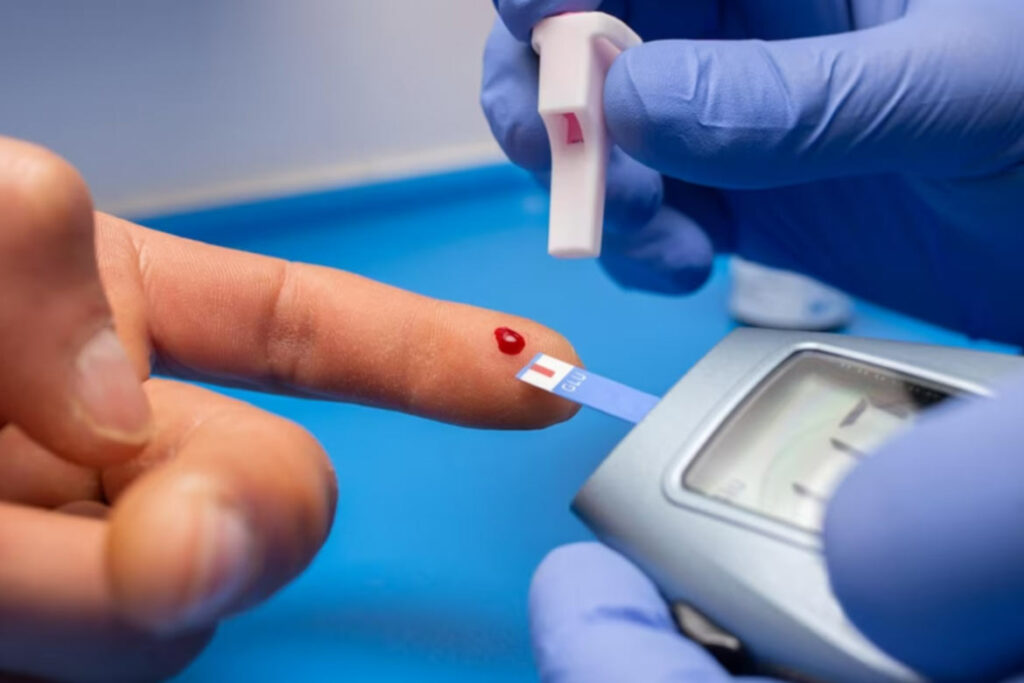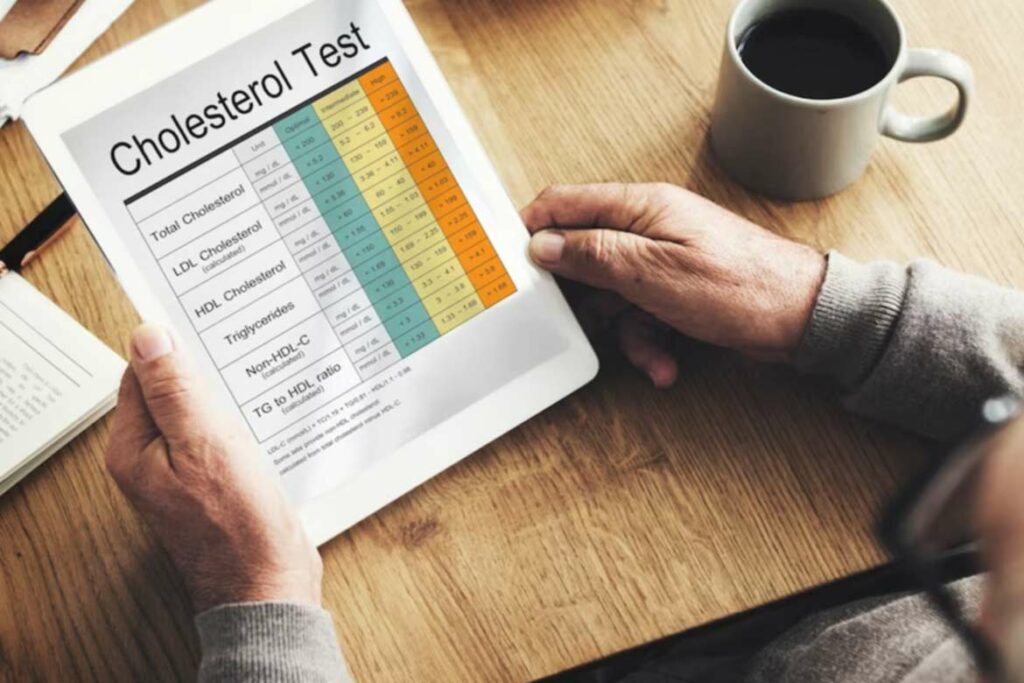You’ve made it to 50! That’s something to celebrate. It also means that you need to take good care of yourself and your health. As you get older, you have a higher chance of getting some diseases and conditions. That’s why it’s important to get regular check-ups and tests that can help you find and treat any problems early.
Blood Pressure Check

High blood pressure, or hypertension, can be very bad for your health. It can harm your heart, brain, eyes and kidneys. It can also make you more likely to have a stroke, a heart attack, heart failure or kidney failure. The trouble is that high blood pressure often doesn’t have any signs, so you may not know you have it unless you check it.
Health practitioners suggest that adults should check their blood pressure at least once every two years, or more often if they have things that make them more at risk, such as being overweight, having diabetes, smoking or having a family history of high blood pressure. A normal blood pressure reading is below 120/80 mm Hg. If your blood pressure is higher than that, you may need to take medicine or change your lifestyle to lower it.
Blood Sugar Check

Read more: Monday Blues: Causes and How To Beat It?
High blood sugar, or hyperglycemia, can lead to diabetes, a long-term condition that affects how your body uses sugar for energy. Diabetes can cause problems such as nerve damage, kidney damage, eye damage and more risk of infections. It can also make you more likely to have heart disease and stroke.
Adults should get checked for diabetes or prediabetes at least once every three years, or more often if they have things that make them more at risk, such as being overweight, having a family history of diabetes, having high blood pressure or high cholesterol. A fasting blood sugar test or an A1C test can measure your average blood sugar level over the past two to three months. A normal fasting blood sugar level is below 100 mg/dL. A normal A1C level is below 5.7%.
Cholesterol test

Read more: Don’t Fall for These 10 Nutrition Myths: Learn How to Eat Right and Stay Fit
Cholesterol is a type of fat that moves around in your blood. It is needed for many body functions, but too much of it can block your arteries and make you more likely to have heart disease and stroke. There are two main types of cholesterol: LDL (low-density lipoprotein), which is the “bad” cholesterol that builds up in your arteries; and HDL (high-density lipoprotein), which is the “good” cholesterol that helps remove LDL from your blood.
The National Heart, Lung and Blood Institute says that adults should get their cholesterol checked at least once every four to six years, or more often if they have things that make them more at risk, such as diabetes, smoking or having a family history of high cholesterol. A lipid profile test can measure your total cholesterol, LDL cholesterol, HDL cholesterol and triglycerides (another type of fat in your blood). A normal total cholesterol level is below 200 mg/dL. A normal LDL level is below 100 mg/dL. A normal HDL level is above 40 mg/dL for men and above 50 mg/dL for women. A normal triglyceride level is below 150 mg/dL.
Colorectal Cancer test
Colorectal cancer is the one of the leading causes of cancer deaths. It affects the colon (large intestine) and the rectum (the last part of the colon). It usually starts as small growths called polyps that can be removed before they turn into cancer.
It is advisable that adults should start checking for colorectal cancer at age 45 and keep doing it until age 75, or longer if they have things that make them more at risk, such as personal or family history of colorectal cancer or polyps, inflammatory bowel disease or genetic syndromes. There are different ways to check for colorectal cancer, such as:
Colonoscopy: A procedure that uses a flexible tube with a camera to look at the whole colon and rectum and take out any polyps. It is usually done once every 10 years.
Fecal immunochemical test (FIT): A test that looks for hidden blood in the poop, which can be a sign of colorectal cancer or polyps. It is usually done once a year.
Stool DNA test: A test that looks at DNA from cells that come from colorectal cancer or polyps in the poop. It is usually done once every three years.
Sigmoidoscopy: A procedure that uses a flexible tube with a camera to look at the lower part of the colon and rectum and take out any polyps. It is usually done once every five years, along with a FIT every three years.
CT colonography: A test that uses X-rays and a computer to make pictures of the colon and rectum and find any polyps or tumors. It is usually done once every five years.
Breast Cancer test for Women
Breast cancer is the most common cancer and the second leading cause of cancer deaths in women. It affects the breast tissue and can spread to other parts of the body. Finding and treating it early can make a big difference in your survival and quality of life.
Health practitioners say that women should start checking for breast cancer at age 40 and keep doing it as long as they are in good health and have a life expectancy of at least 10 years. The main way to check for breast cancer is a mammogram, which is an X-ray of the breast that can find any abnormal lumps or changes. Women should get a mammogram every year or every two years, depending on what they prefer and what their risk factors are. Women who have a higher risk of breast cancer, such as those with a family history, a genetic mutation or a history of radiation therapy to the chest, may need more tests, such as breast MRI or ultrasound.
Prostate Cancer test for Men
Prostate cancer is the second most common cancer and the second leading cause of cancer death in men in the U.S. It affects the prostate gland, which is a small organ that makes fluid for semen. It usually grows slowly and may not cause any symptoms until it is advanced.
Men should start talking to their doctor about the pros and cons of checking for prostate cancer at age 50, or earlier if they have things that make them more at risk like having a family history of prostate cancer. The main ways to check for prostate cancer are:
Prostate-specific antigen (PSA) test: A blood test that measures the level of PSA, a protein made by the prostate. A high PSA level can mean prostate cancer or other conditions, such as inflammation or enlargement of the prostate.
Digital rectal exam (DRE): A physical exam that involves putting a finger into the rectum to feel the prostate for any lumps or problems.
How often and what to do next after these tests depend on your PSA level, age, health status and personal choice. Some men may choose not to get checked at all, while others may want more frequent or intensive testing.
Osteoporosis test for Women

Osteoporosis is a condition that makes your bones weak and easy to break, increasing your risk of fractures and disability. It affects more than 10 million Americans, mostly women over age 50. It is often called a “silent disease” because it doesn’t cause any symptoms until you break a bone.
Women should start checking for osteoporosis at age 65, or earlier if they have things that make them more at risk, such as low body weight, smoking, alcohol use, family history of osteoporosis or fractures, or use of certain medicines that can affect bone health. The main way to check for osteoporosis is a bone mineral density (BMD) test, which uses X-rays to measure how much calcium and other minerals are in your bones. A low BMD score means you have osteoporosis or osteopenia (low bone mass). How often you need a BMD test depends on your BMD score, age and risk factors.
These are some of the health checks that you shouldn’t miss when you hit 50. They can help you stay healthy and avoid serious problems in the future. Talk to your doctor about which tests are right for you and how often you should get them. Remember that prevention is better than cure!
